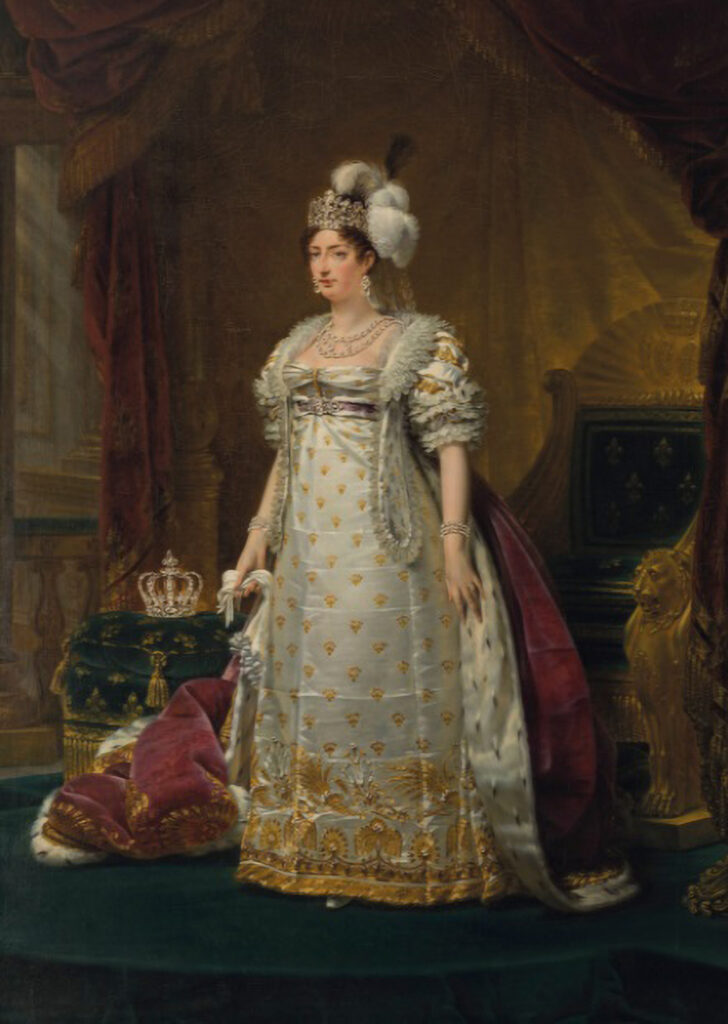French Queen Marie Antoinettes Historic Diamonds Fetch Over GBP 6 Million At Christies Auction
A pair of diamond bracelets that once belonged to France’s last queen, Marie Antoinette, have sold at a Christie’s auction for over GBP 6 million.
The bracelets, which are lined with 140- to 150-carat diamonds, were hidden in a chest and smuggled out of France when the queen was imprisoned during the French Revolution.
The two diamond bracelets that belonged to Marie Antoinette were sold at Christie’s auction house in Geneva, Switzerland, for CHF 7.46 million (GBP 6.04 million) yesterday, 9th November.

Rahul Kadakia, the international director of jewellery at Christie’s, conducted the auction, which was won by an unidentified buyer who called in the winning bid via telephone.
The highest bid was CHF 6.2 million (GBP 5.02 million) but after the sale commission was added on, the buyer had to cough up over GBP 6 million.
The bracelets had spent the last 200 years hidden from the public in a royal collection after they were smuggled away in the course of the French Revolution, Christie’s said in a statement.

Marie Antoinette, who was the last queen of France, parted way with the bracelets in 1791 while she was interned in Paris’ Tuileries Palace.
Sitting in her cell, she realised that the only way to keep the diamonds out of revolutionary hands was to smuggle them out of France.
The queen wrapped them up in some cotton and hid them inside a wooden box where they waited to be taken over the border into Brussels.

Brussels at the time was under Austrian rule and the diamonds arrived in the city to be handed over to the previous ambassador of Austria to France, Count Mercy-Argenteau.
The bracelets were then kept safe in a chest by Mercy-Argenteau, who was a friend to the family of the queen, who hoped that one day she would once again wear them.
However, Marie Antoinette was executed on 16th October 1793, and four months afterwards, the Holy Roman Emperor Francis II, Marie’s nephew, instructed that the chest containing the bracelets be opened.

On orders from Francis II, the bracelets were sent to Vienna’s Imperial Treasury, where the jewellery was kept for the late queen’s only remaining heir, Marie-Therese Charlotte of France.
Marie-Therese claimed the jewellery after she arrived in Austria in the year 1796 and now, over two centuries thereafter, it has once again changed hands.
Jean-Marc Lunel, a senior international specialist in the Jewellery Department at Christie’s in Geneva, said: “What is miraculous is that they have remained together and intact when they could have easily been broken up, as many other jewels of royal provenance have been.”

He added: “This makes them particularly attractive to collectors.”
The bracelets were presented in a blue velvet box with the inscription “Bracelets of Queen Marie Antoinette”.
The bracelets are composed of three strings of diamonds totalling 112 stones held together by a large barrette clasp.

The auction house expected the bracelets to sell for between CHF 1 to 2 million (GBP 0.81-1.62 million), but the top bidder was clearly prepared to pay considerably more for the historic jewels.



